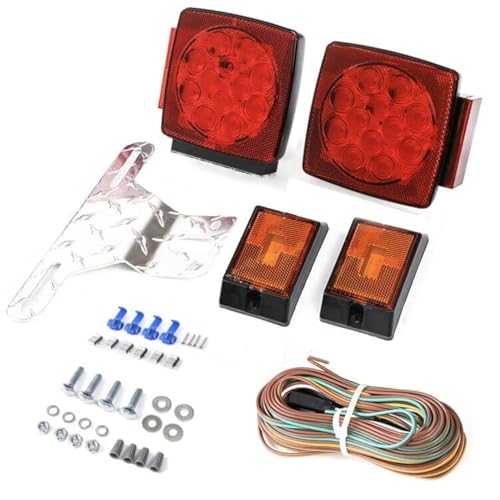- Joined
- Apr 15, 2023
- Messages
- 116
- Reaction score
- 113
- LOCATION
- High Bar Harbor NJ
oh... the " stuff laying around"...so my buddy's skiff.. (major mfgr) a 18' job.. well apparently they have wiring harness and plumbing stuff (live well,bilge pump ECT) premade for several size boats and if there is a few feet left over they just coil it up and stuff it ? somewhere?? ... scuppers draining into the bilge have to let the water get by the coiled up rolls of "stuff"... UGLY..
As long as you can WALK home no prob relying on someone else to do the 'lectric right.
As long as you can WALK home no prob relying on someone else to do the 'lectric right.























































